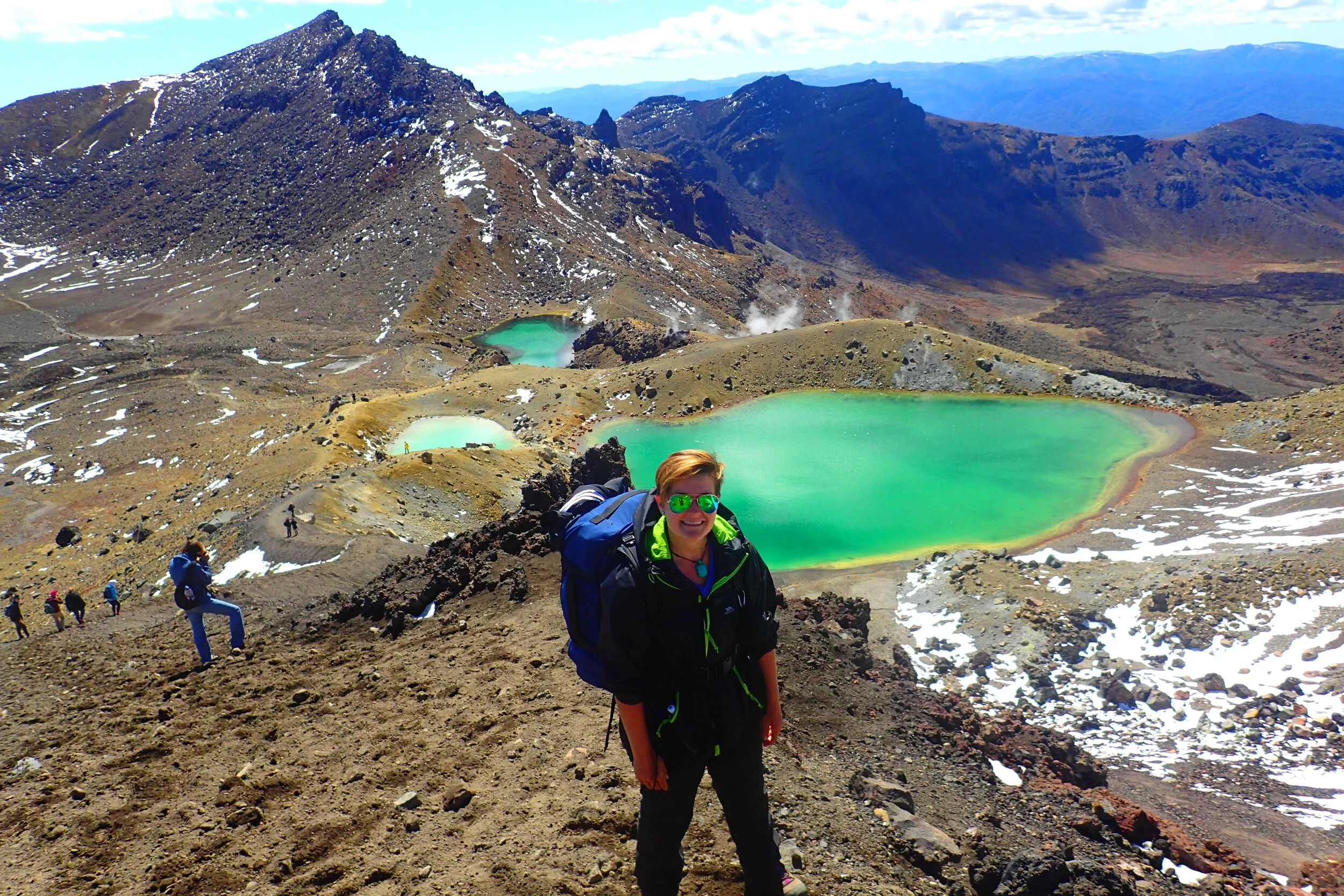Like most Westernized countries, New Zealand has many domesticated horses. On any given drive across the country you’re bound to see them fenced in on grassy hillsides, being ridden by tourists across a country road, or jumped by locals for prizes at field day events.
Wild horses, on the other hand, are a rare sight to see. I was lucky enough to track some down and witness their majestic beauty as they freely trotted through the Te Aupouri Forest and galloped across the dunes behind the 90 Mile Beach.
As a foodie I love to try new foods. I also love to learn about a culture by opening myself up to what they eat even if it means deviating from my own dietary norm. Rejecting food from others in a cultural exchange or missing an opportunity to experience a food significant to that culture due to my own choice would, for me, be an injustice. Therefore, I am putting nearly 20 years of eating habits aside for the whole year of deviation trip. I will try anything—even if presented with food I would never consider eating while back in the U.S. My first norm-deviating food experience occurred while in Iceland.
Not much has changed in the diet of Icelanders since the Viking age. The majority of the Icelandic diet comes from what surrounds the country—the sea. Einar, my host in Reykjavik, told me if I wanted to try a snack that locals commonly munch on, then I should try Hvammsfiskur (ravine fish), a type of fish jerky. Not crunchy or soft, this somewhat tough, dried fish reminded me of tilapia but slightly duller in flavor. If I had the opportunity to eat more I probably would as I enjoy the taste of fish and it’s a very healthy snack.



